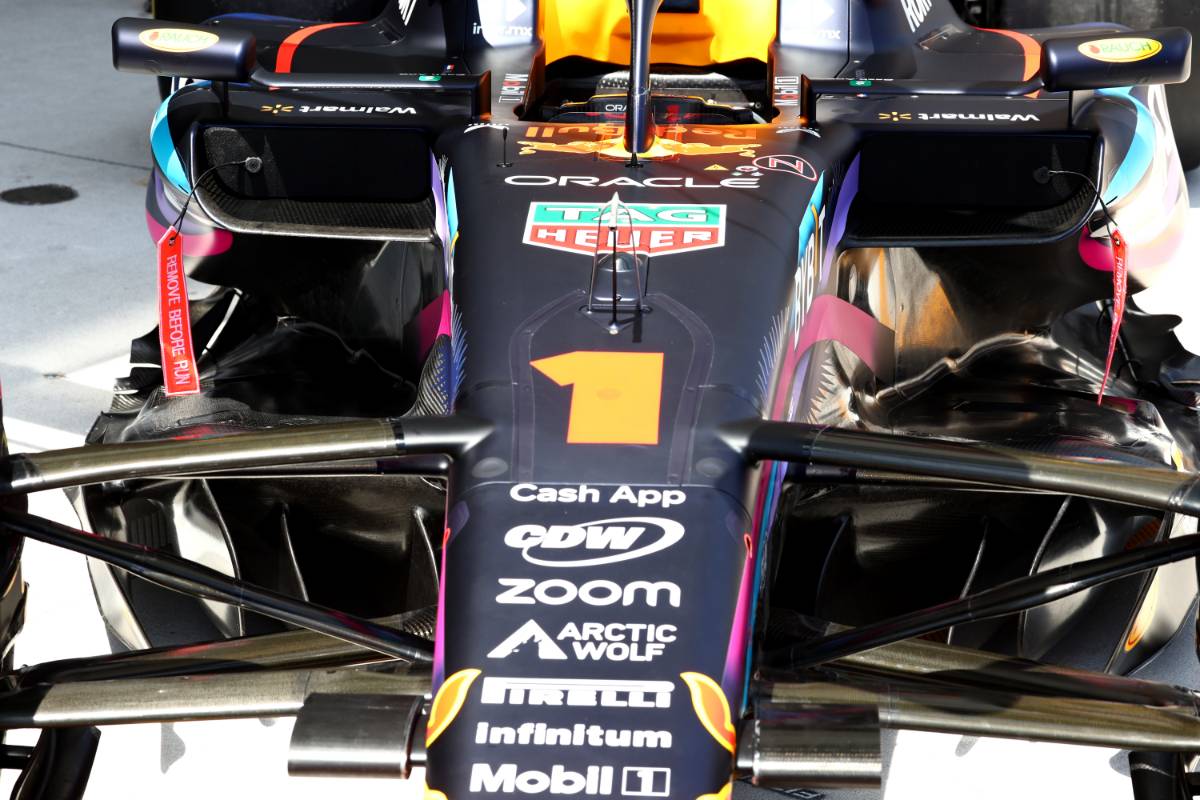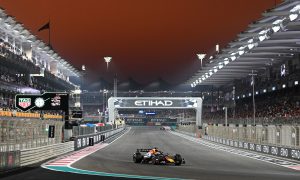
Only five Formula 1 teams have opted to introduce upgrades for this weekend's Miami Grand Prix that takes place at the Miami International Autodrome which remains unchanged since its debut last year.
The track's 19-corner, 5.4km wall-lined layout features fast and flowing sections combined with tricky complexes and lengthy full-throttle sectors, while a few elevation changes also factor into the mix.
Overall, teams will be looking to fine-tune their cars to a low to medium level of downforce.

Ferrari team boss Fred Vasseur said last week that Miami would mark the start of the Scdueria's development cycle, although he made clear that the team would proceed in small steps.
Read also:
This weekend, Ferrari's SF-23 will feature a new floor body designed to improve the car's overall aerodynamic performance and efficiency.
Haas has also brought a new floor body in its crates designed to improve the performance and aero efficiency of its VF-23 around low, medium and high speed corners.
Aston Martin unveiled new cooling louvres on its AMR23, a change that is circuit specific. Team Silverstone says the additional exit area allows more cooling flow to exit from the underbody cavity, which improves cooling capacity in hotter conditions.
Over at Alfa Romeo, the Swiss outfit has added a new circuit specific beam wing to its arsenal of aero tools, or rather an additional configuration of previously utilized parts.

The element gives the team another aero solution to respond to the characteristics of the Miami track.
Finally, AlphaTauri has implemented more significant changes with a modified front wing and sidepod inlet. Both upgrades aim to improve performance and local loads.
The Italian outfit expects its updated wing to help the car's floor generate more load, while the addition of the wing element below the mirror body reduces the size of the wake generated by the mirror glass by generating upwash behind it.
The reduction in wake losses allows the rear of the car to receive higher energy flow, improving downforce generation as a result.
Keep up to date with all the F1 news via Facebook and Twitter






